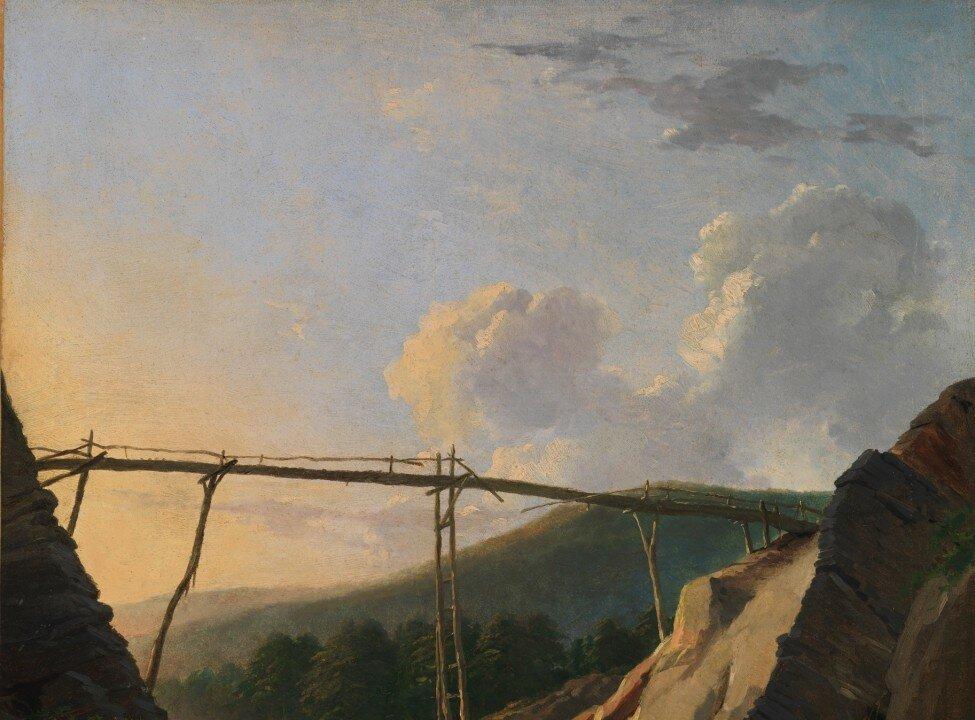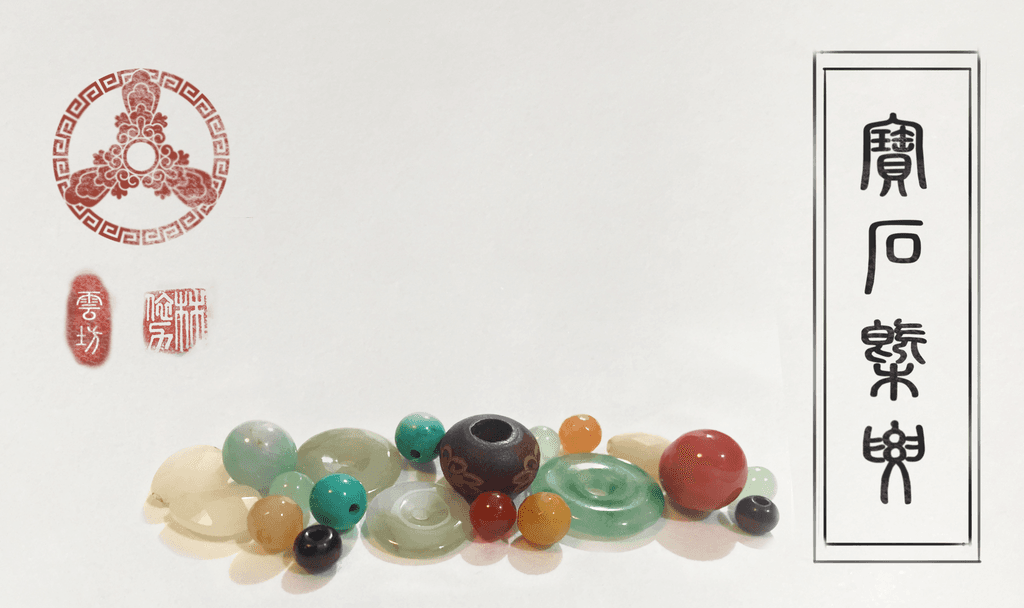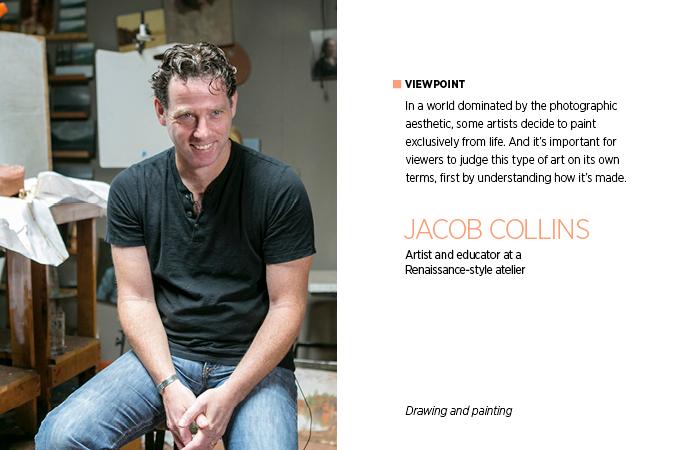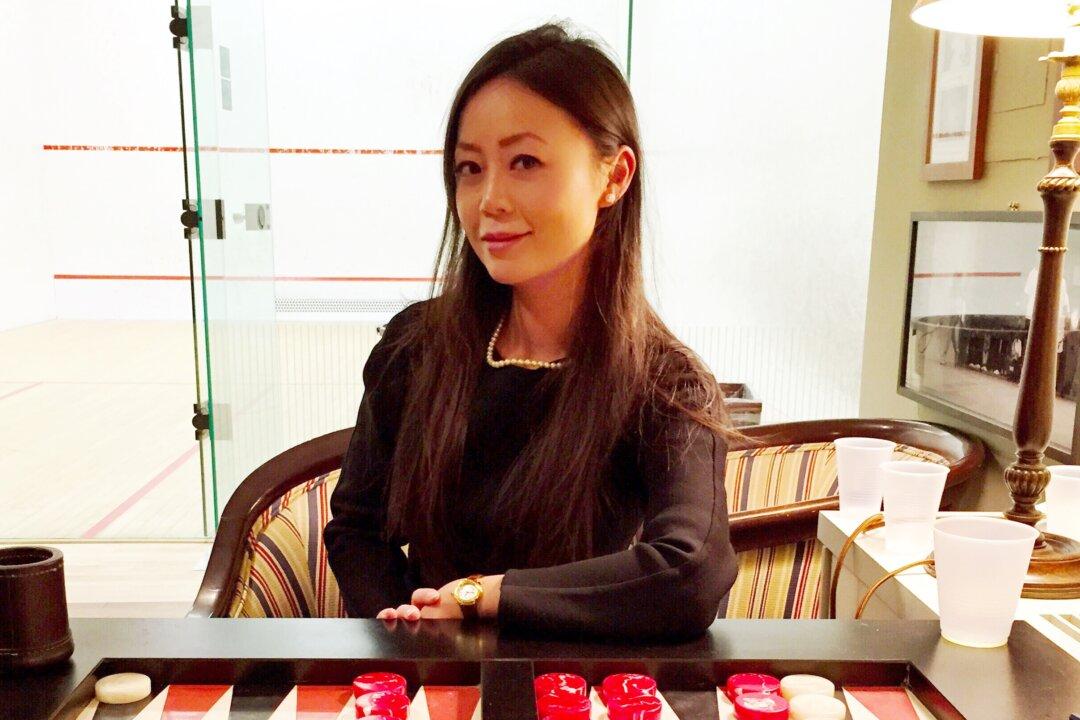NEW YORK—The 50 French paintings from the Wheelock Whitney collection, recently unveiled at the Met, provide a valuable insight into the process of producing a traditional landscape painting in oil. Many of the paintings are studies of the landscape, sky, and architecture done en plein air.
The collection is made up of 50 small-size paintings by relatively obscure artists. Many of them are unsigned and were not originally meant to be seen by the public.
Because the fundamentals of Western art emphasize capturing the likeness of the subject matter, it has been crucial for painters in the classical Western tradition to observe and evoke the natural environment. While painting outdoors has long been done, it became popular in the mid-1800s as portable easels and later tube paints were introduced.
This small collection features works produced by northern European artists between the 1780s and the 1840s. During this period after the French revolution and before the abdication of the last king, many French artists were working and traveling in Italy and abroad.
When New York collector Wheelock Whitney assembled this group between 1972 and 2002, he did not aim to form a collection representative of a particular style, place, or period, but selected works based on their quality. What he ended up with was a collection with skillfully done but never-before-seen oil drawings and studies.
Many of them were passed down in the painter’s families and were seen by the public for the very first time only in 2003. The current exhibit at the Metropolitan Museum of Art celebrates the 10th anniversary of this acquisition.








